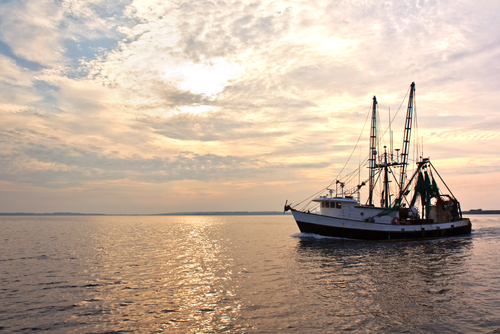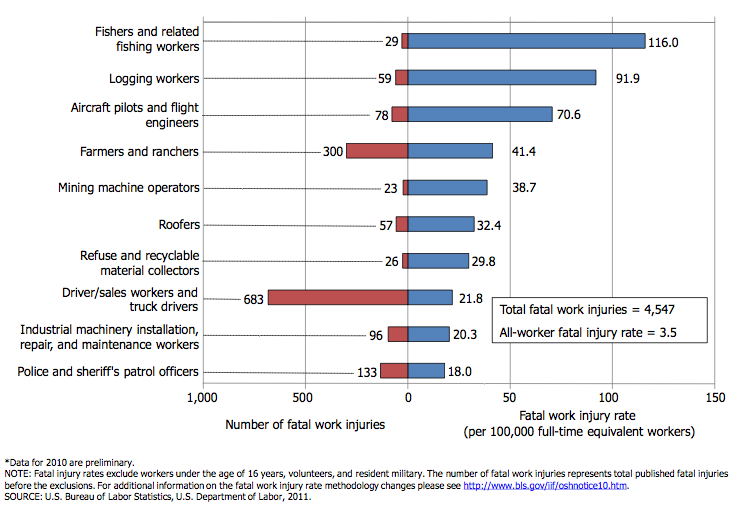[Each year, the best Canadian risk managers gather to discuss the state of the discipline at the RIMS Canada Conference. The 2011 incarnation is taking place this week in Ottawa so I will be reporting from here for the next few days.]
“The possibility of doing jail time is real from the board room to the warehouse floor,” said Jay Cassidy yesterday at the 2011 RIMS Canada Conference, summing up the new anti-corporate fraud stance taken by U.S. Attorney General Eric Holder in recent years. “It’s not going to be a slap on the wrist. It’s gong to be very personal. And [they] will put you in jail.”
This was the key takeaway from a Monday afternoon panel discussion at the conference, which was focusing on regulatory expansion and led by Cassidy, senior vice president at Marsh Canada. Things have changed and rules created by Dodd-Frank and the Foreign Corrupt Practices Act will have wide-ranging implications — and penalties — for any offending companies.
Another trend is that regulatory agencies are increasingly working together and employing new tools they haven’t used in the past. The SEC and Department of Justice are reaching out to the FBI, for example, for expertise and resources. They have begun wiretapping when it is deemed necessary. In all respects, the regulatory bodies are widening the scope of what they can use to investigate.
One aspect of the reform receiving a lot of coverage is new whistleblower incentives. Now, anyone who reports a company for rule-breaking may be eligible to pocket up to 30% of the sum that officials deem was ill-gotten. Even if the offense is only valued at $1 million, that’s a nice little bonus for the whistleblower. Imagine if it is $1 billion.
Given this, it’s not hard to see why more people might become tipsters for the government. And according to the panelists, the Department of Justice is now expecting to receive upwards of 30,000 tips per year.
This may not lead to more major fraud rulings, however.
“Whisteblowers have always been principles-based more than looking for some sort of monetary pay-off,” said Ashley Beales, vice president at Berkley Professional Liability. “It’s usually that they just can’t keep quiet anymore.”
The money will likely lead to more tips and perhaps the discovery of more minor violations, he said, but on the highest level, Beales doesn’t expect a new wave of huge violations to start flooding out. At least not to enough of a degree that would significantly alter the D&O market, something that is generally affected by major claims. “Significant fraud always bubbles to the top [regardless of incentives],” he said. “This volume will be more noise than substantive.”
But even if it is merely noise, that doesn’t mean companies are off the hook. “Even if it’s not a legitimate claim and the SEC comes knocking on the door … you don’t tell these people ‘Go away,'” said Laura Markovich, partner at Sedgwick. “They won’t. They’ll come back with a subpoena.”
And just dealing with false claims can run up a big bill quickly. “Lawyers are expensive,” said Cassidy, noting that this is even truer for Wall Street firms. “And New York lawyers are … well … they’re very expensive.”
In regards to increased Foreign Corrupt Practices Act enforcement, the panel said that there will be two major aspects for companies to consider: (1) anti-bribery provisions and (2) the accounting part, which will mandate the need for better internal controls.
The first factor may be especially important for Canadian companies. If they have operations in the United States (or in some cases, even if they don’t) they will be at risk of regulator action. And Cassidy cautioned that this may be difficult to navigate given the fact that Canada is increasingly becoming a resource-based economy. He mentioned that in other locations where this has been the case (Cassidy listed parts of Africa, Russia and Kazakhstan), corruption and bribes have been more typical than, say, in economies in which retail or services drive the economy. “Historically, business has been done a little differently than what we might find acceptable [in Canada],” said Cassidy.
Canada is certainly not Nigeria. The business climate and legal culture would never allow for pervasive bribery and other illegal behavior. So for those in the energy and resources sector, the obvious solution is to remain above board in all operations.
But I do image that many companies will find that, when shipping oil and coal throughout the world, staying true to your ethics — and even within the code of the law — can sometimes be easier said than done.
[Correction: this post originally listed Ashley Beales as working for Canada Berkley. It has been update to reflect the fact that the company is called Berkley Professional Liability. Apologies.]




